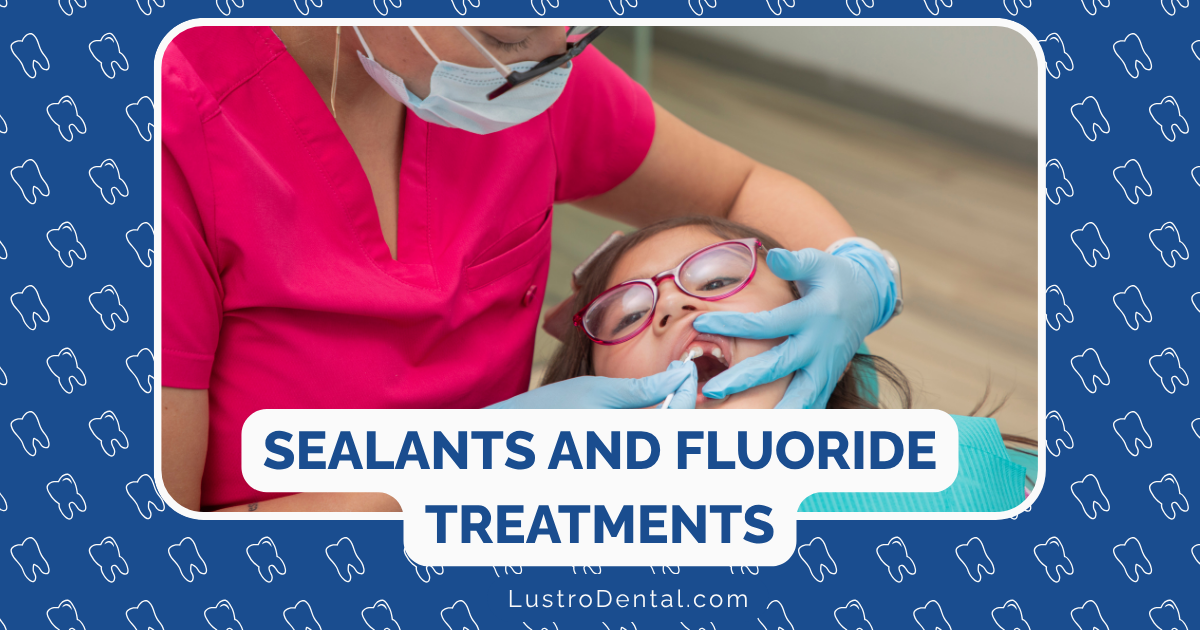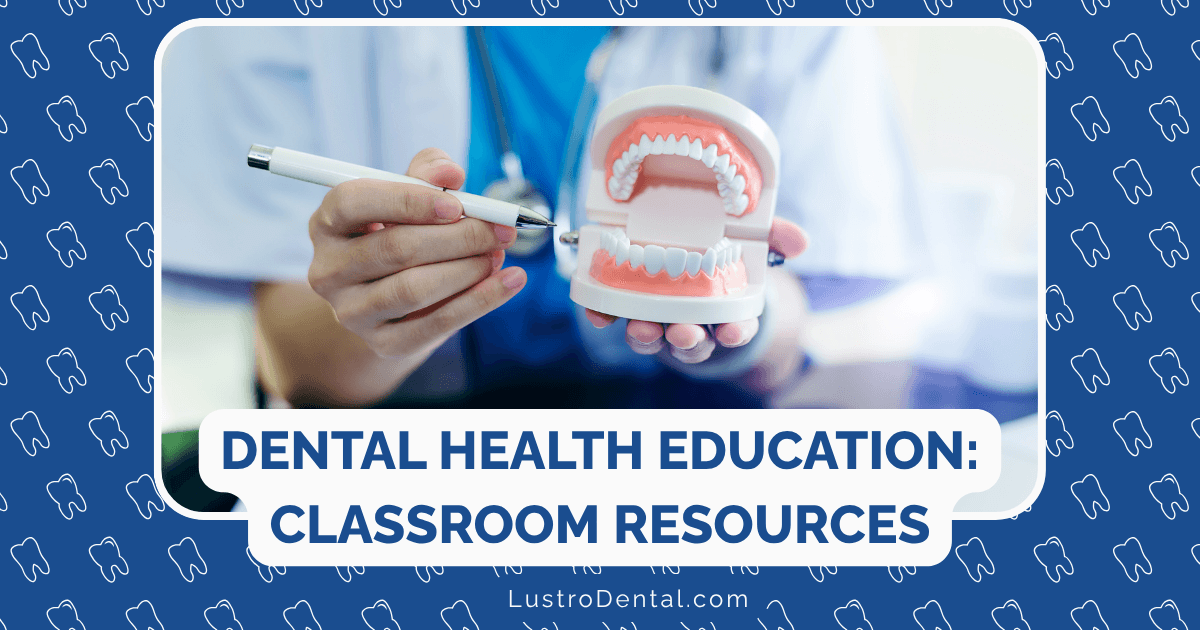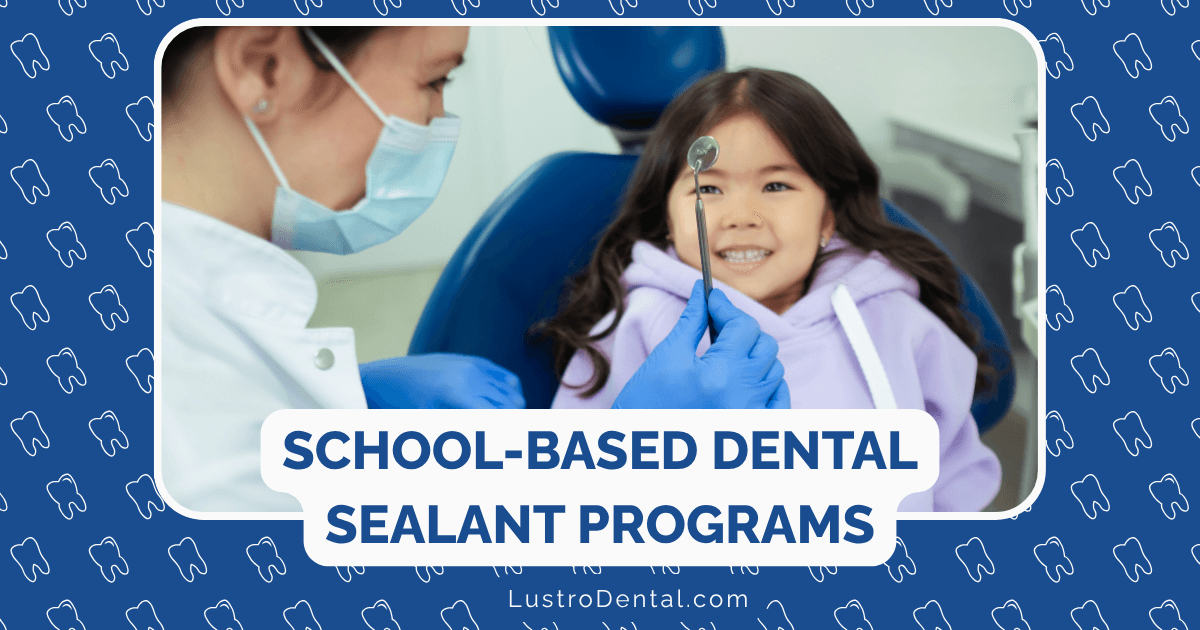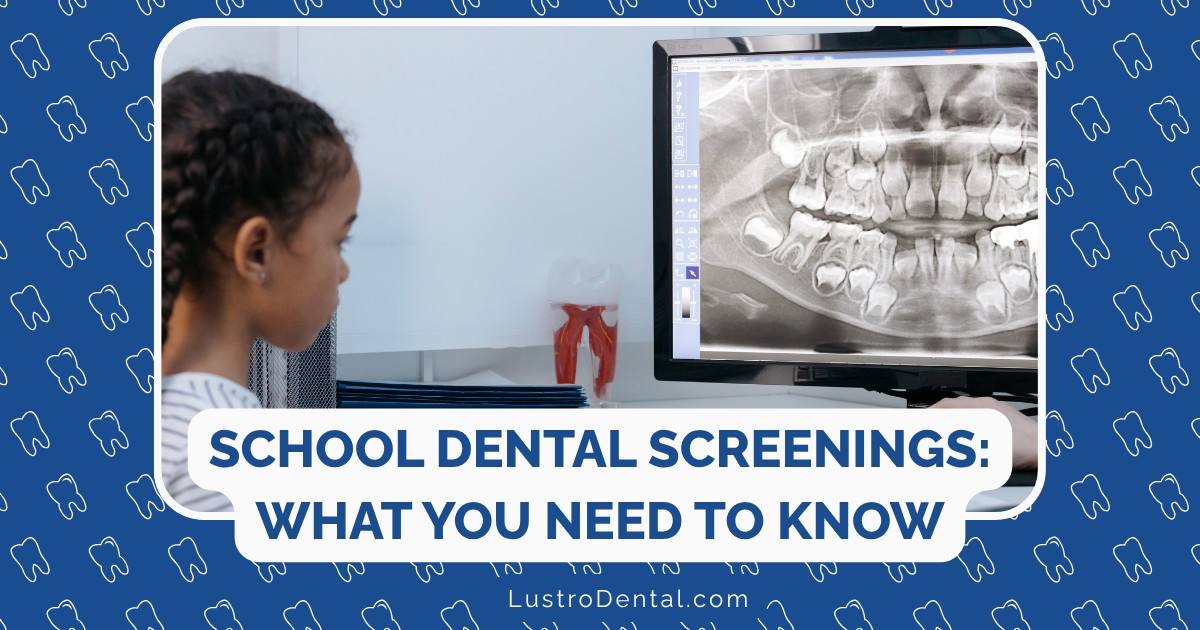Sealants and Fluoride Treatments: Essential Preventive Care for Kids

As a parent, you want to protect your child from pain and discomfort. When it comes to dental health, prevention is not just better than cure—it’s significantly less traumatic and less expensive. While regular brushing and flossing form the foundation of good oral hygiene, they sometimes aren’t enough to fully protect children’s teeth, especially during the cavity-prone years.
This is where dental sealants and fluoride treatments come in—two powerful preventive tools that can dramatically reduce your child’s risk of developing cavities. But what exactly are these treatments, how do they work, and are they really necessary? This comprehensive guide will answer all your questions about these essential preventive measures.
The State of Children’s Dental Health: Why Prevention Matters
Before diving into specific preventive treatments, let’s understand the scope of the problem:
- Tooth decay is the most common chronic childhood disease—5 times more common than asthma and 7 times more common than hay fever
- According to the CDC, about 20% of children aged 5-11 have at least one untreated decayed tooth
- The prevalence of dental caries in children has increased by 15.25% from 1990 to 2019 among children aged 5 to 14 years
- Untreated cavities can lead to pain, infections, difficulty eating and speaking, and even problems with concentration and learning
Dr. Sarah Johnson, pediatric dentist at Children’s Dental Health, explains: “Many parents don’t realize that dental decay is actually an infectious disease—one that can be prevented with the right interventions. Sealants and fluoride treatments are among our most effective tools for keeping children’s teeth healthy.”
Understanding Dental Sealants: Your Child’s Shield Against Decay
What Are Dental Sealants?
Dental sealants are thin, protective coatings made from plastic or other dental materials that are applied to the chewing surfaces of the back teeth (premolars and molars). These surfaces have natural pits and grooves where food particles and bacteria can hide, making them particularly vulnerable to decay.
Think of sealants as raincoats for your child’s teeth. Just as a raincoat keeps you dry during a downpour, sealants keep cavity-causing bacteria and food particles from settling into the grooves of teeth where they can cause damage.
How Effective Are Sealants?
The evidence supporting sealant effectiveness is overwhelming:
- According to the American Dental Association (ADA), sealants reduce cavity risk by 80%
- The Centers for Disease Control and Prevention (CDC) reports that school-age children without sealants have nearly three times more cavities than children with sealants
- Research published in 2025 in the Journal of Dental Research found that resin-based sealants have an 80% retention rate after two years
“Sealants are one of the most effective preventive treatments we have in dentistry,” notes Dr. Michael Chen of Mirror Lake Dental. “The chewing surfaces of molars are responsible for the majority of cavities in children, and sealants specifically target these vulnerable areas.”
When Should Children Get Sealants?
Timing is crucial for maximum protection:
- First molars: Typically erupt around age 6, and should be sealed soon after they emerge
- Second molars: Usually appear around age 12, and should be sealed promptly
- Premolars: May be sealed as they erupt if the child is at high risk for cavities
- Baby teeth: Occasionally sealed if they have deep grooves and the child is at high risk
The Sealant Application Process
Many parents wonder what their child will experience during the sealant application. The procedure is quick, painless, and typically follows these steps:
- Cleaning: The tooth surface is thoroughly cleaned to remove plaque and food debris
- Isolation: The tooth is kept dry, usually with cotton rolls
- Etching: A mild acid solution is applied to roughen the tooth surface, helping the sealant bond better
- Rinsing and drying: The acid is rinsed away, and the tooth is dried
- Application: The liquid sealant material is painted onto the tooth surface
- Curing: A special light is used to harden the sealant
- Evaluation: The dentist checks the sealant to ensure proper coverage and bite alignment
“The entire process takes just a few minutes per tooth,” explains Dr. Rodriguez of Pediatric Dentist Houston. “Most children find it completely comfortable—there’s no drilling or numbing required.”
How Long Do Sealants Last?
Sealants aren’t permanent, but they can provide protection for many years:
- Most sealants last 5-10 years with proper care
- Your child’s dentist will check sealants during regular check-ups
- If a sealant is chipped or worn, it can be repaired or replaced
A 2025 study published in Scientific Reports found that replacing lost sealants significantly improves outcomes. Specifically, resealing at the first dental visit after sealant loss reduced decay experience to 25.30%, compared to 41.15% with no resealing.
Fluoride Treatments: Strengthening Teeth From the Inside Out
While sealants provide a physical barrier against decay, fluoride works differently—it actually strengthens the tooth structure itself.
What Are Professional Fluoride Treatments?
Professional fluoride treatments involve the application of a highly concentrated form of fluoride to the teeth. These treatments contain significantly more fluoride than what’s found in toothpaste or tap water and come in several forms:
- Fluoride varnish: A sticky paste painted onto teeth
- Fluoride foam or gel: Applied using trays that fit over the teeth
- Fluoride rinse: A concentrated rinse solution
How Fluoride Works
Fluoride provides multiple benefits that help prevent tooth decay:
- Remineralization: Helps teeth recover minerals lost from acid attacks
- Strengthening: Makes tooth enamel more resistant to acid
- Antibacterial action: Disrupts the activity of decay-causing bacteria
- Reversal of early decay: Can help repair tiny cavities before they require fillings
“Fluoride works like a vitamin for your teeth,” explains Dr. Emily Wilson, pediatric dentist. “Just as vitamins strengthen your body, fluoride strengthens tooth enamel, making it more resistant to the acid attacks that cause cavities.”
The Evidence for Fluoride Effectiveness
Scientific research strongly supports the benefits of fluoride:
- Studies show that professional fluoride treatments reduce cavity formation by 20-40%
- Children who receive regular fluoride treatments have significantly fewer cavities than those who don’t
- A 2024 systematic review found that school-based fluoride varnish programs reduced caries initiation by 32% in permanent teeth and 25% in primary teeth
When Should Children Receive Fluoride Treatments?
Most dental professionals recommend:
- Starting fluoride treatments when the first teeth appear
- Continuing treatments every 3-6 months, depending on cavity risk
- More frequent applications for children at high risk for cavities
The Fluoride Application Process
Fluoride treatments are quick and simple:
- The teeth are cleaned and dried
- The fluoride solution is applied using a brush, swab, tray, or rinse
- The child is instructed not to eat, drink, or rinse for 30 minutes afterward (for maximum effectiveness)
“The entire process takes just a few minutes,” says Dr. Johnson. “Most children don’t mind the taste, especially with the flavored options available today.”
Is Fluoride Safe?
This is a common question among parents, and the answer is yes—when used as directed:
- Professional fluoride treatments use carefully controlled amounts
- The benefits far outweigh any potential risks
- Decades of research support both the safety and effectiveness of fluoride
- Major health organizations worldwide endorse fluoride for cavity prevention
The Power Duo: Combining Sealants and Fluoride
While both sealants and fluoride treatments are effective individually, they work even better together. Here’s why:
- Sealants protect the chewing surfaces, while fluoride strengthens all tooth surfaces
- Fluoride helps prevent decay on smooth surfaces that sealants don’t cover
- The combination can reduce cavity risk by up to 70% compared to using either treatment alone
“I like to explain it this way,” says Dr. Chen. “Sealants are like putting a roof on your house to keep rain out, while fluoride is like weatherproofing the walls. You get the best protection when you do both.”
Beyond Sealants and Fluoride: A Comprehensive Approach
While sealants and fluoride treatments provide excellent protection, they work best as part of a comprehensive preventive strategy:
Daily Oral Hygiene
- Brushing twice daily with fluoride toothpaste
- Flossing once daily to clean between teeth
- Using age-appropriate techniques and products
Dietary Habits
- Limiting sugary foods and drinks
- Avoiding frequent snacking between meals
- Choosing tooth-friendly snacks like cheese, nuts, and crunchy vegetables
Regular Dental Visits
- Check-ups every six months for most children
- Professional cleanings to remove plaque and tartar
- Early detection and treatment of any developing issues
Silver Diamine Fluoride: A Promising Alternative
A newer preventive option gaining attention is Silver Diamine Fluoride (SDF). This liquid treatment combines silver, which has antimicrobial properties, with fluoride.
A landmark 2024 study published in JAMA Pediatrics found that SDF is as effective as dental sealants in preventing tooth decay in children. After following over 4,000 elementary school students for four years, researchers discovered:
- A single treatment of either SDF or sealants prevented 80% of cavities
- Both treatments kept 50% of existing cavities from worsening over two years
- SDF is quicker to apply and less expensive than traditional sealants
The main drawback of SDF is that it can temporarily stain decayed areas of teeth black, though healthy enamel remains unaffected. For this reason, it’s often used on back teeth or in situations where aesthetics are less of a concern.
Cost Considerations and Insurance Coverage
Many parents wonder about the financial aspects of preventive treatments:
Typical Costs Without Insurance
- Dental sealants: $30-$60 per tooth
- Fluoride treatments: $20-$50 per application
- SDF application: $20-$40 per treatment
Insurance Coverage
- Most dental insurance plans cover sealants and fluoride treatments for children
- Coverage typically includes sealants for permanent molars up to age 14-16
- Fluoride treatments are usually covered twice yearly until age 18
- Always check your specific plan details, as coverage varies
Cost-Effectiveness
Research consistently shows that preventive treatments are highly cost-effective:
- A 2025 study found that resealing lost sealants had a cost of just $43.03 per averted cavity
- The lifetime cost savings from preventing a single cavity can exceed $2,000 when considering potential complications and retreatments
- School-based preventive programs show significant return on investment for public health dollars
Addressing Common Questions and Concerns
“My child brushes regularly. Are these treatments still necessary?”
While brushing is essential, it’s often not enough to completely prevent cavities, especially in children:
- Toothbrush bristles can’t reach into deep grooves on chewing surfaces
- Children’s brushing technique is often imperfect
- Some children have naturally deeper grooves in their teeth, making them more susceptible to decay
“Are there any side effects of sealants or fluoride treatments?”
Both treatments have excellent safety profiles:
- Sealants: No significant side effects; rarely, temporary sensitivity might occur
- Fluoride: When used as directed by dental professionals, professional fluoride treatments are safe; very rarely, temporary nausea might occur if swallowed
“How do I know if these treatments are working?”
The best indicator is the absence of new cavities at dental check-ups. Your dentist will also:
- Check sealant integrity during regular visits
- Monitor overall tooth health
- Adjust preventive recommendations based on your child’s specific risk factors
“My child already has some cavities. Is it too late for preventive treatments?”
Absolutely not! Dr. Wilson explains: “Preventive treatments are valuable for all children, including those who have already experienced decay. In fact, children with a history of cavities often benefit the most from these protective measures.”
Making the Decision: Is Your Child a Good Candidate?
While most children benefit from sealants and fluoride treatments, they’re especially important for:
- Children with deep grooves in their molars
- Those with a history of cavities
- Children with limited access to dental care
- Those with special healthcare needs that make oral hygiene challenging
- Children with dietary habits that increase cavity risk
- Those with reduced salivary flow due to medications or medical conditions
Conclusion: An Investment in Lifelong Oral Health
Dental sealants and fluoride treatments represent one of the best investments you can make in your child’s oral health. These simple, painless procedures can prevent years of potential discomfort, complicated treatments, and significant expense.
As Dr. Johnson emphasizes, “The goal isn’t just cavity-free childhood—it’s establishing a foundation for lifelong oral health. Preventive treatments like sealants and fluoride help children maintain healthy teeth through the cavity-prone years, setting them up for dental success as adults.”
By combining these professional preventive treatments with good home care and regular dental visits, you’re giving your child the best possible chance for a lifetime of healthy smiles.
Has your child received sealants or fluoride treatments? Share your experience in the comments below!







